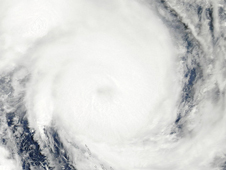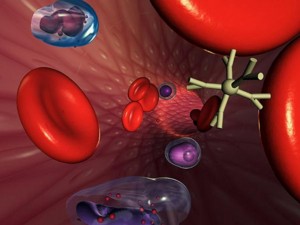Science

NASA's science divisions conducts and sponsors research, collects new observations, develops technologies and extends science and technology education. It performs research to gain a better understanding of the Earth, solar system and the universe, both here and from deep space.
They conduct and sponsor research to answer questions about the changes we see in climate, weather, and natural hazards as well as conduct ground breaking medical research such as nano-technology.
The tantalizing prospect of delivering tumor-killing poisons directly to cancerous cells has generated a lot of interest in nano-particles among the medical community.

A major component of NASA's Earth Science Division is a coordinated series of satellite and airborne missions for long-term global observations of the land surface, biosphere, solid Earth, atmosphere, and oceans.
Over the coming decades, NASA and its research partners will continue to pioneer the use of both space-borne and aircraft measurements to characterize, understand, and predict variability and trends in Earth's system for both research and applications. Earth is the only planet we know to be capable of sustaining life. It is our lifeboat in the vast expanse of space.
← Aeronautics Lunar Base →
There are two golf balls sitting on the moon.